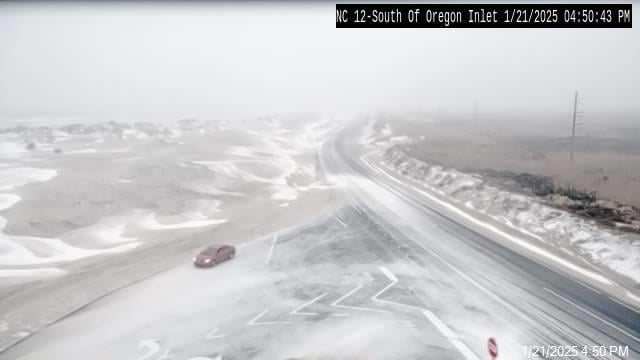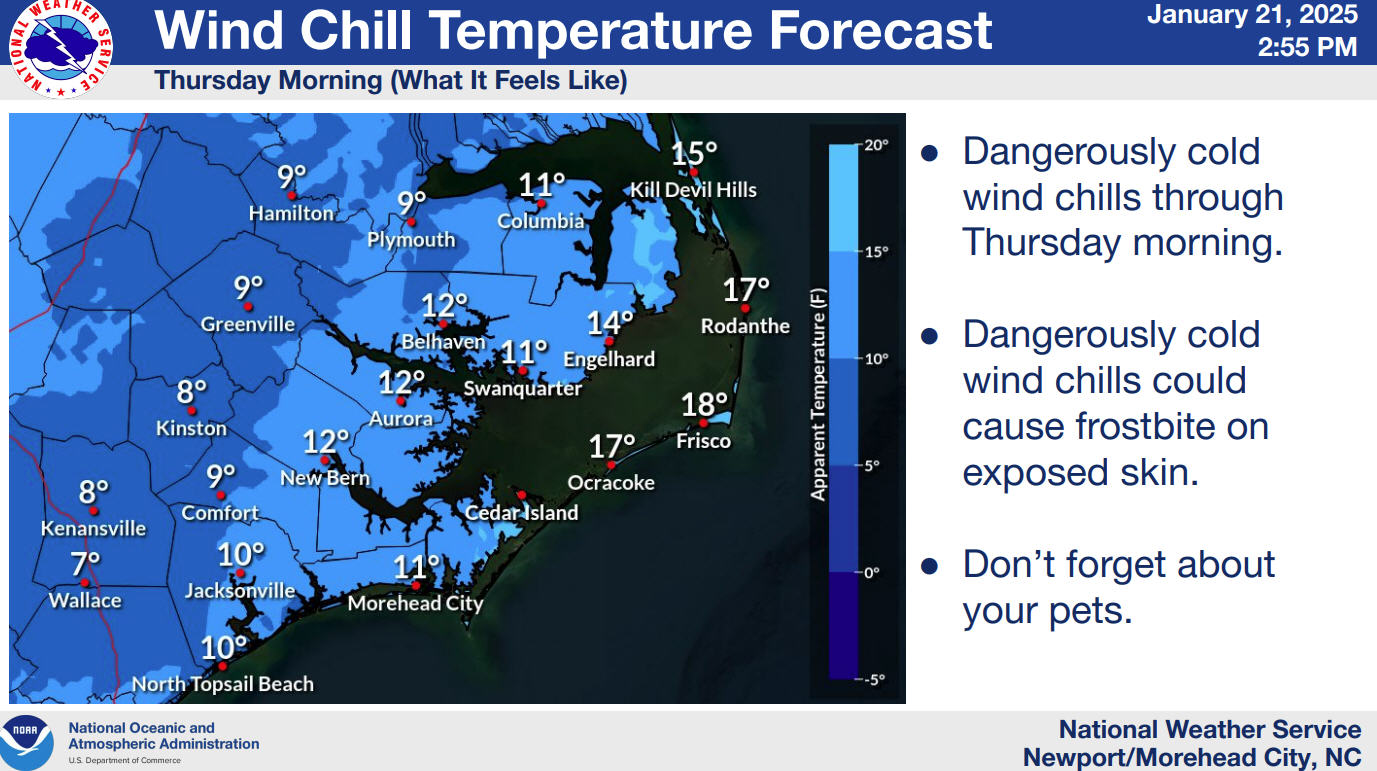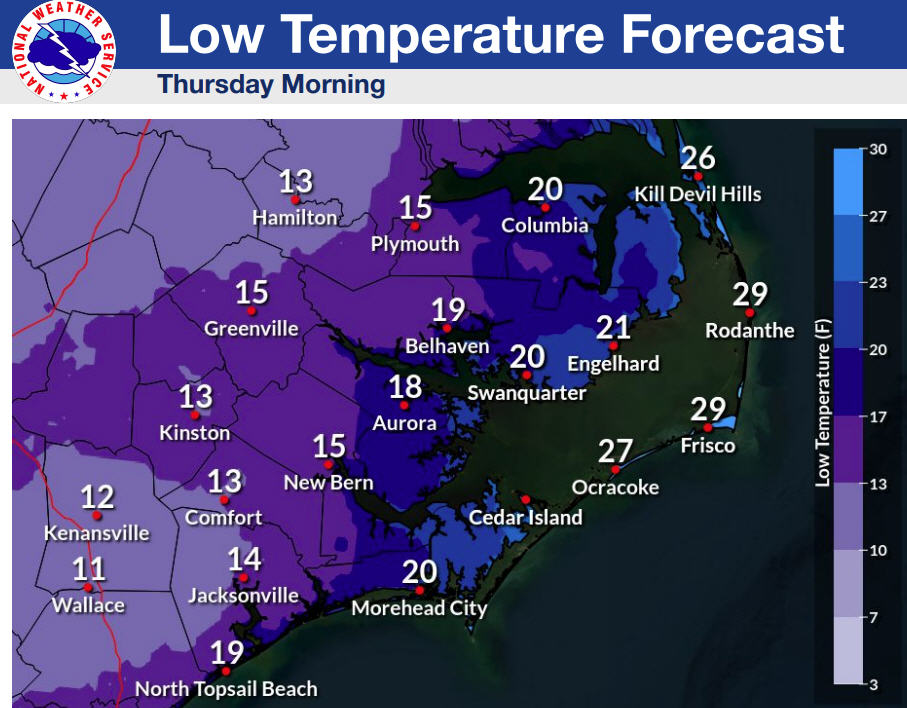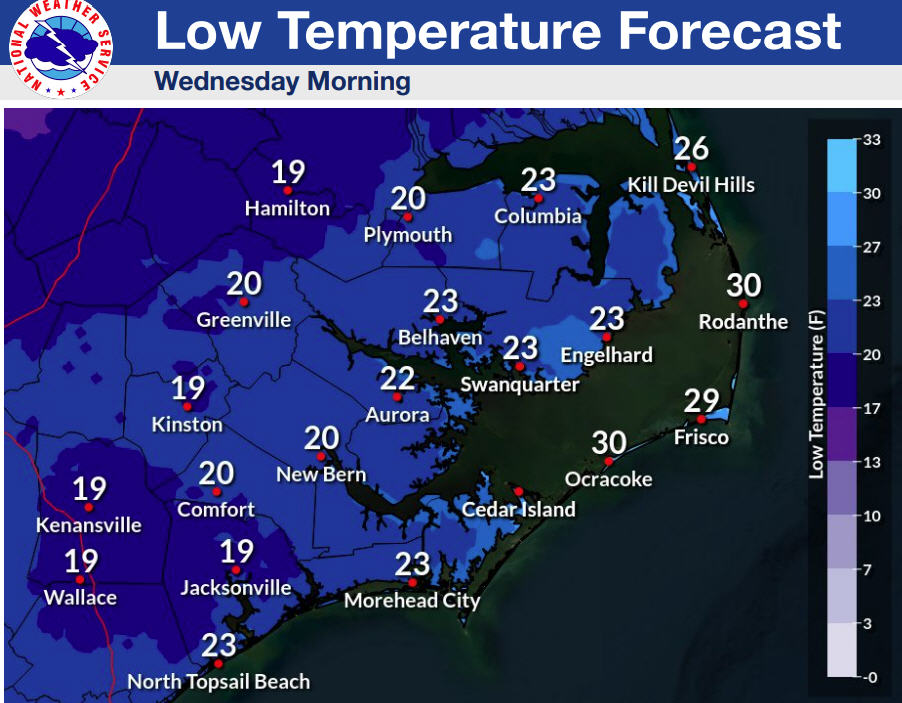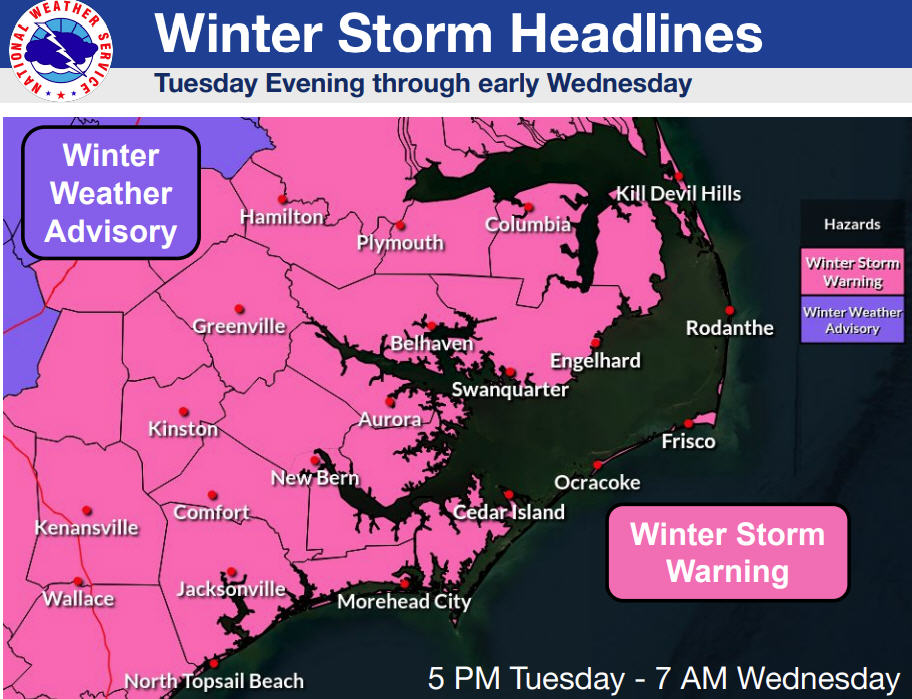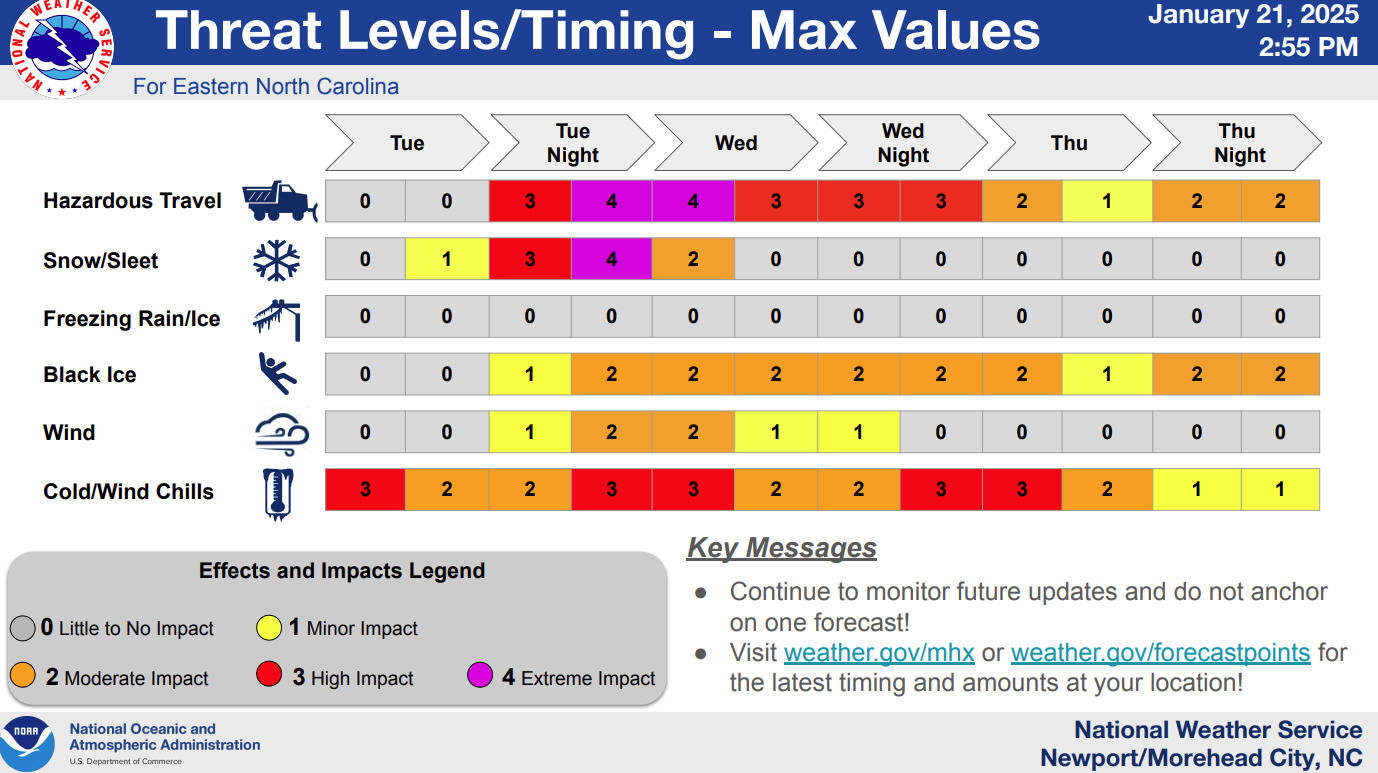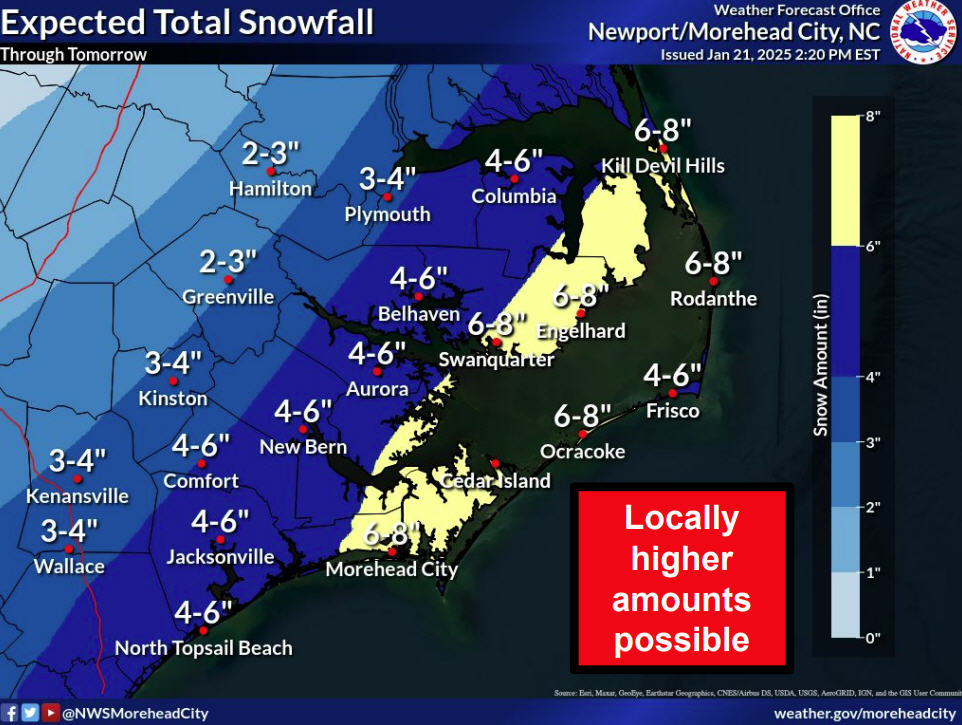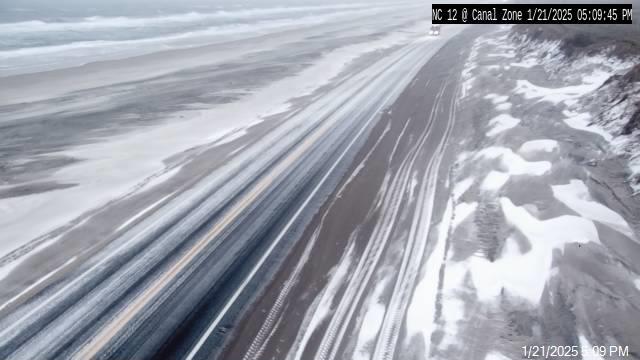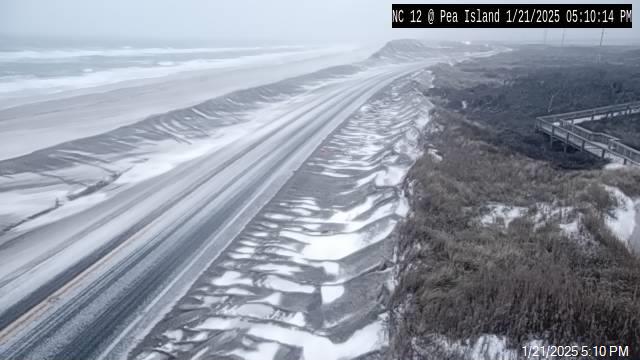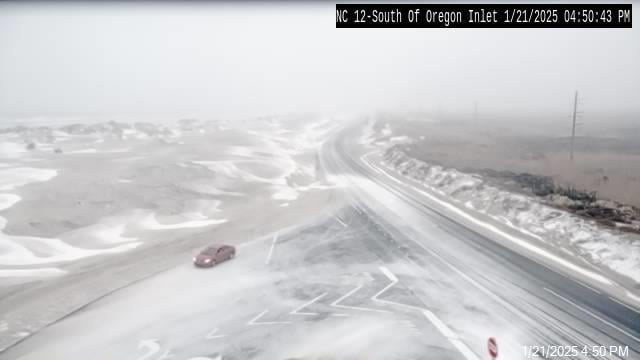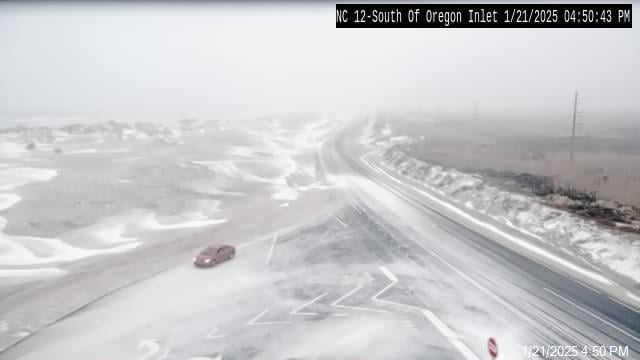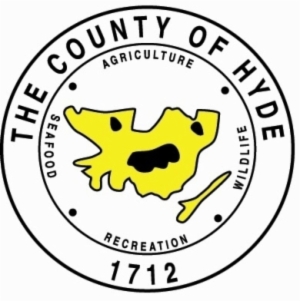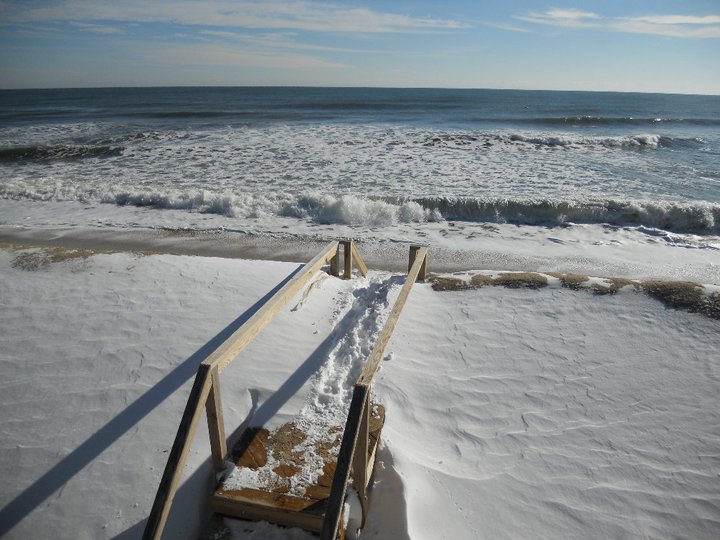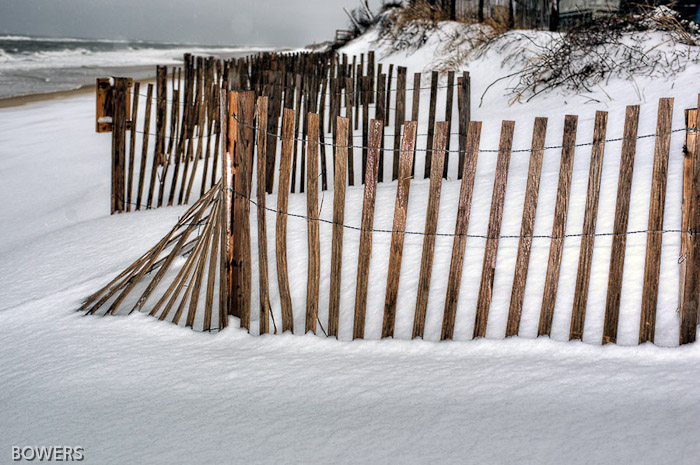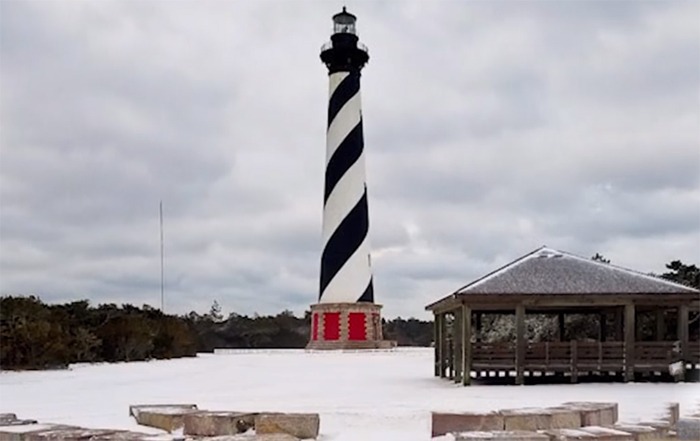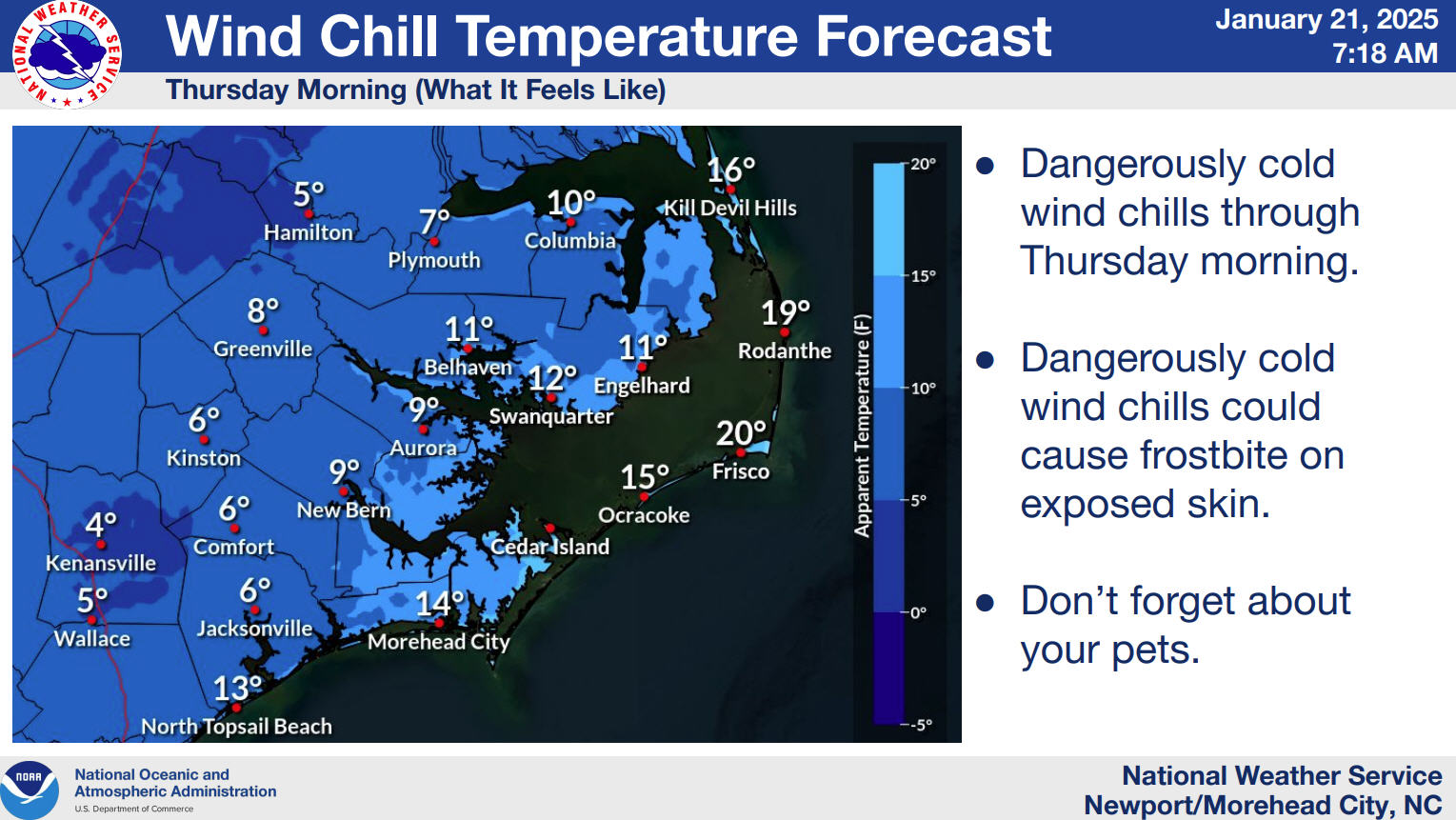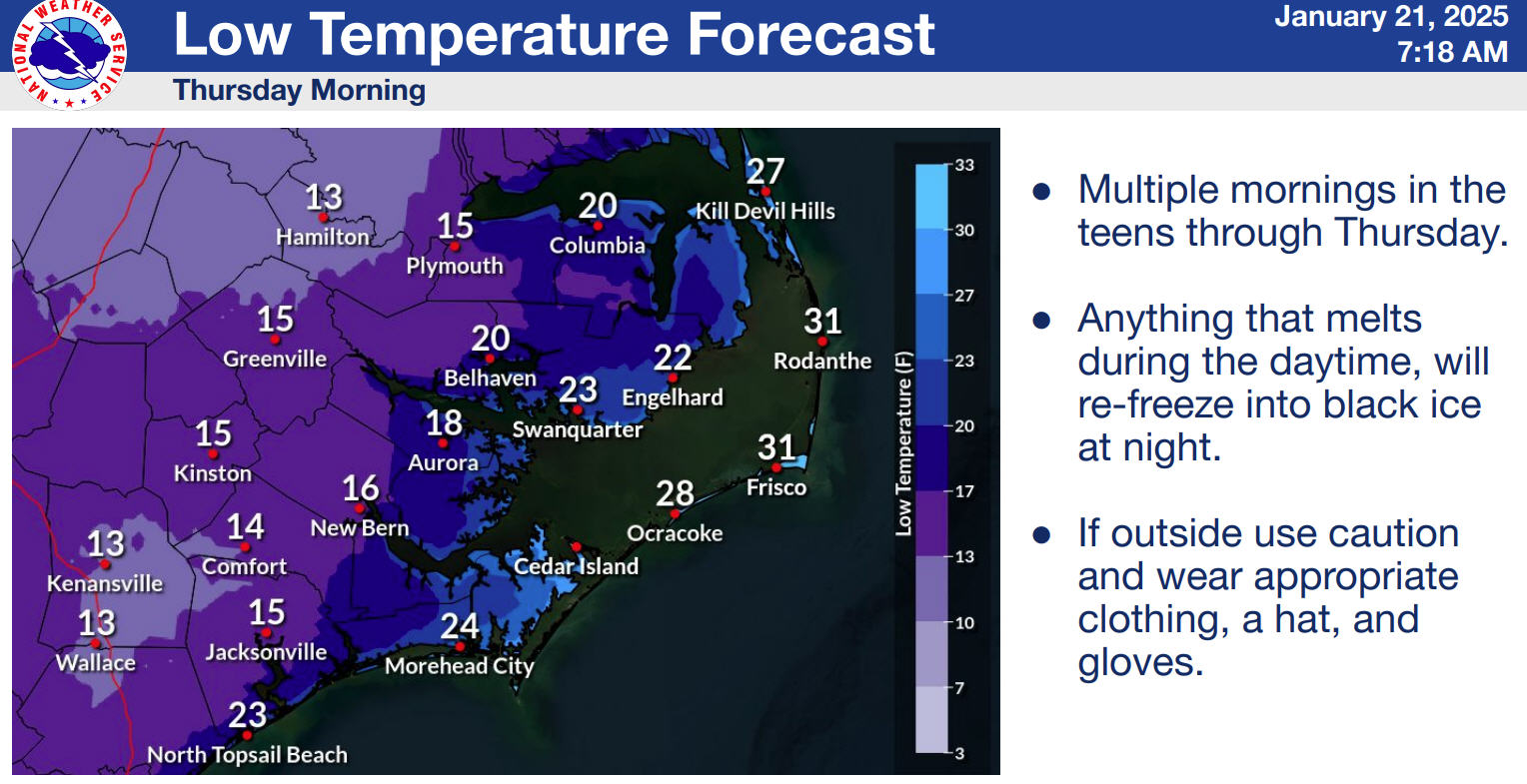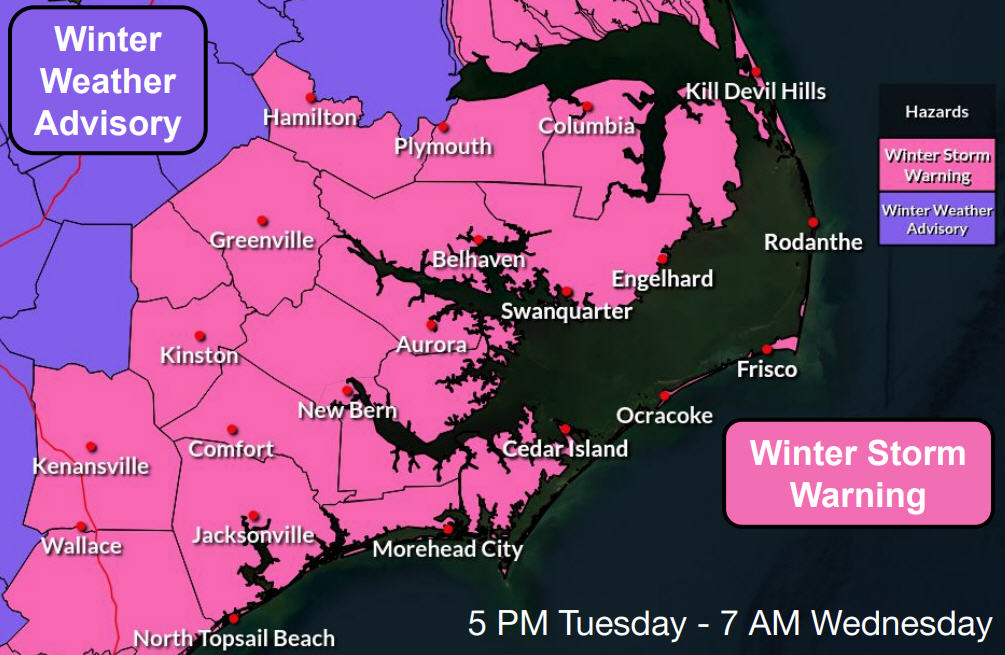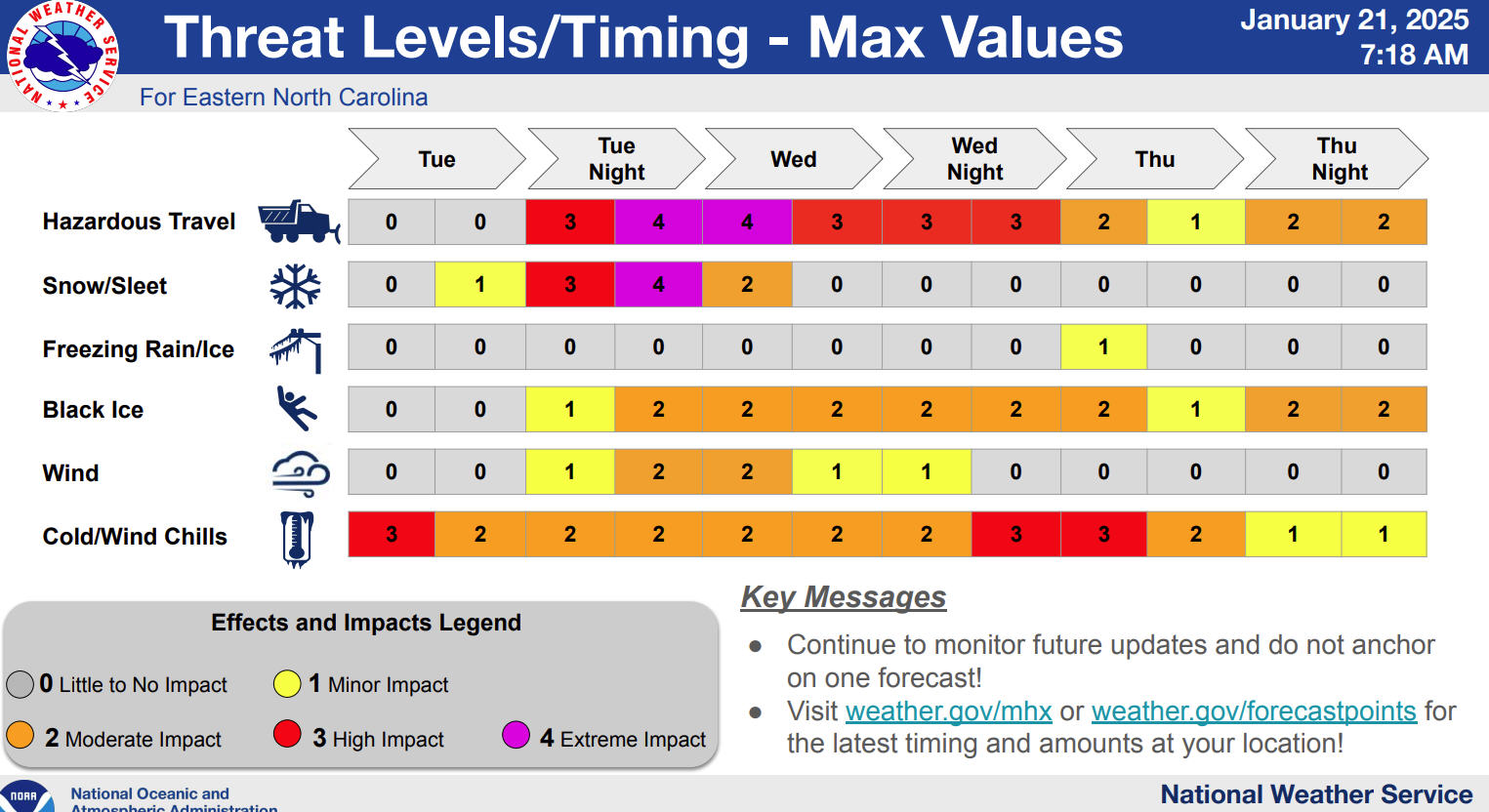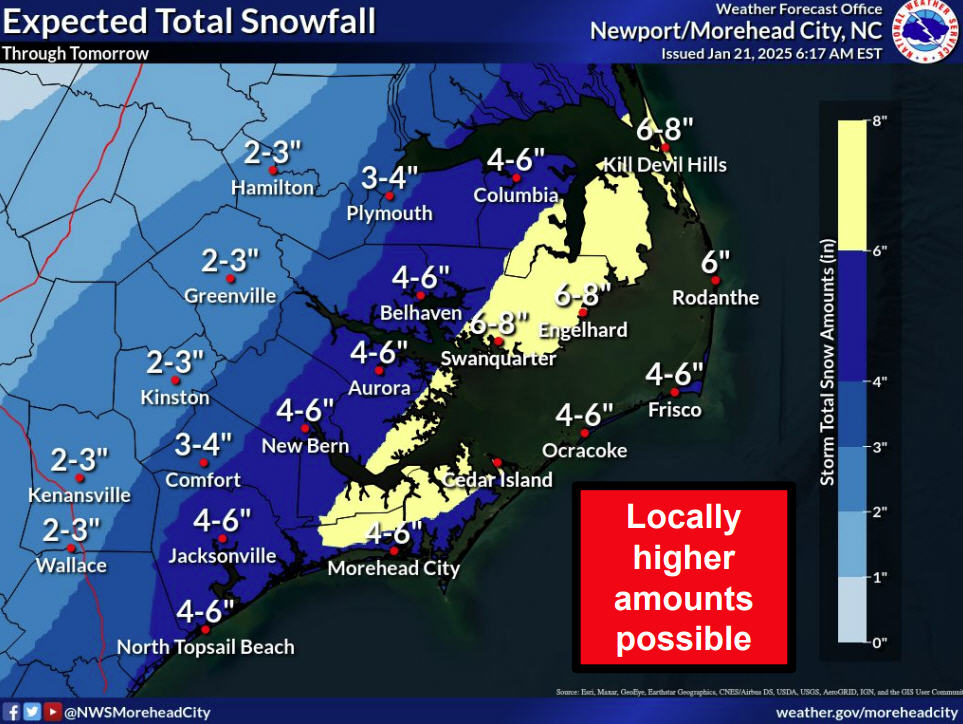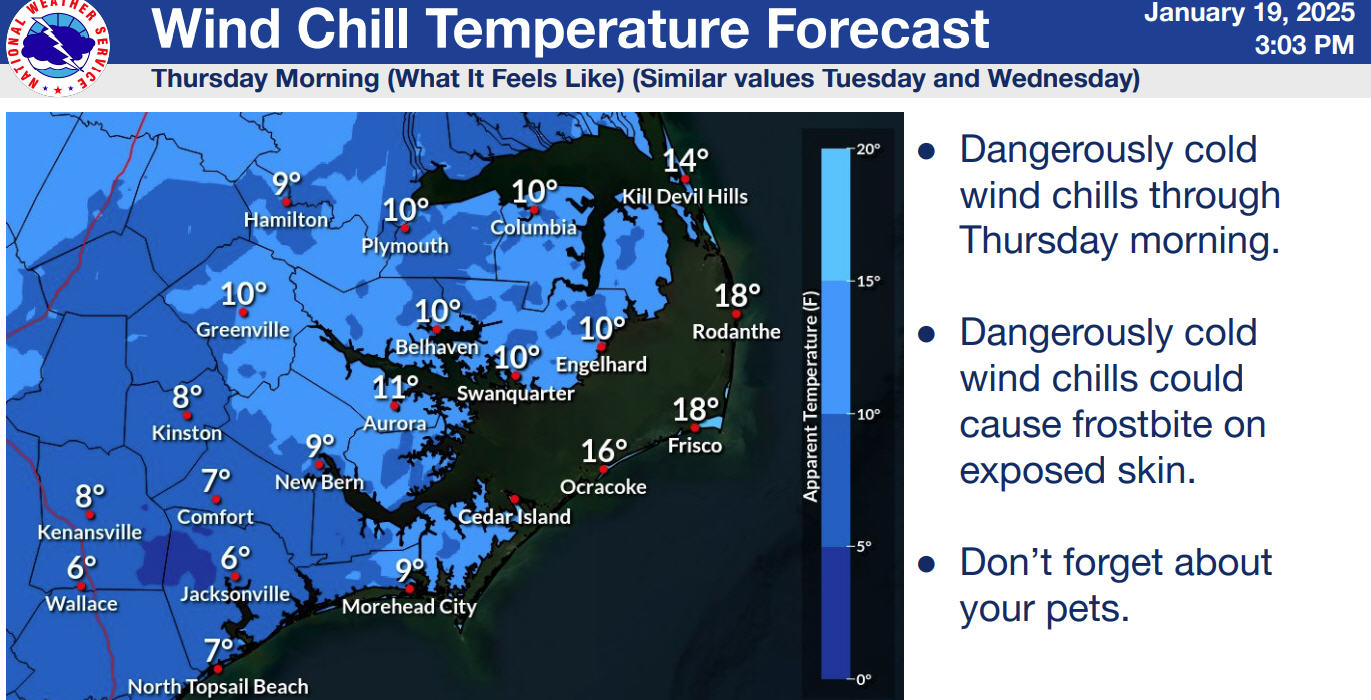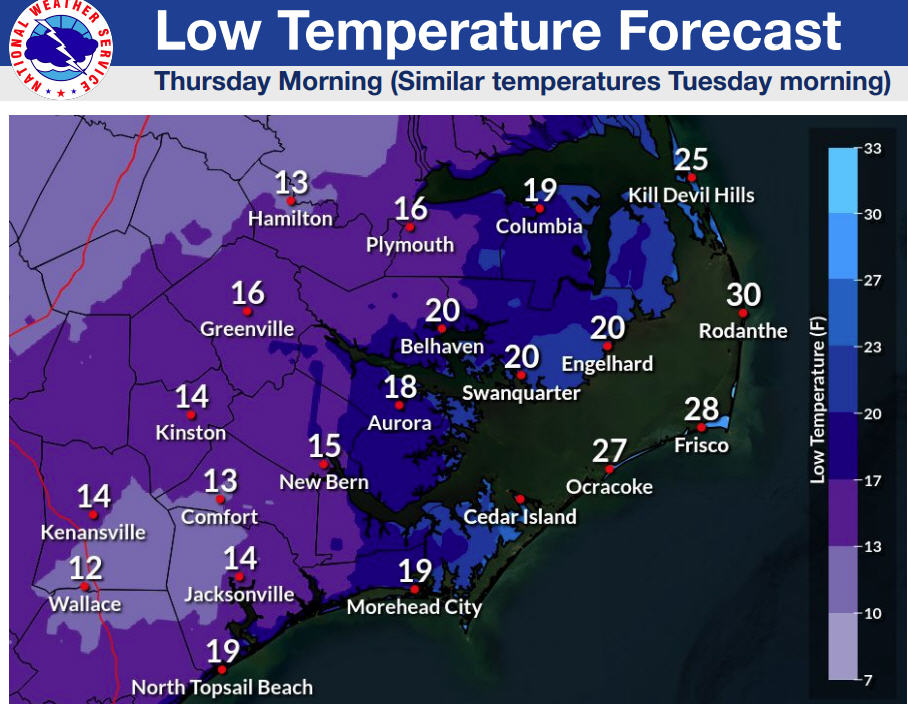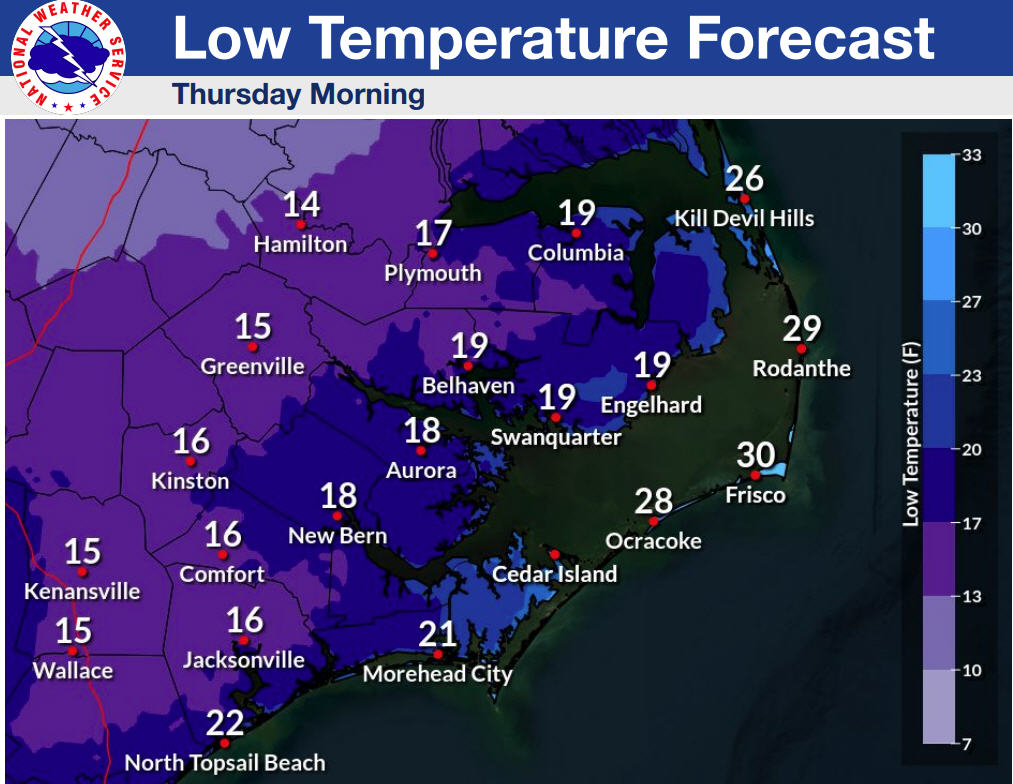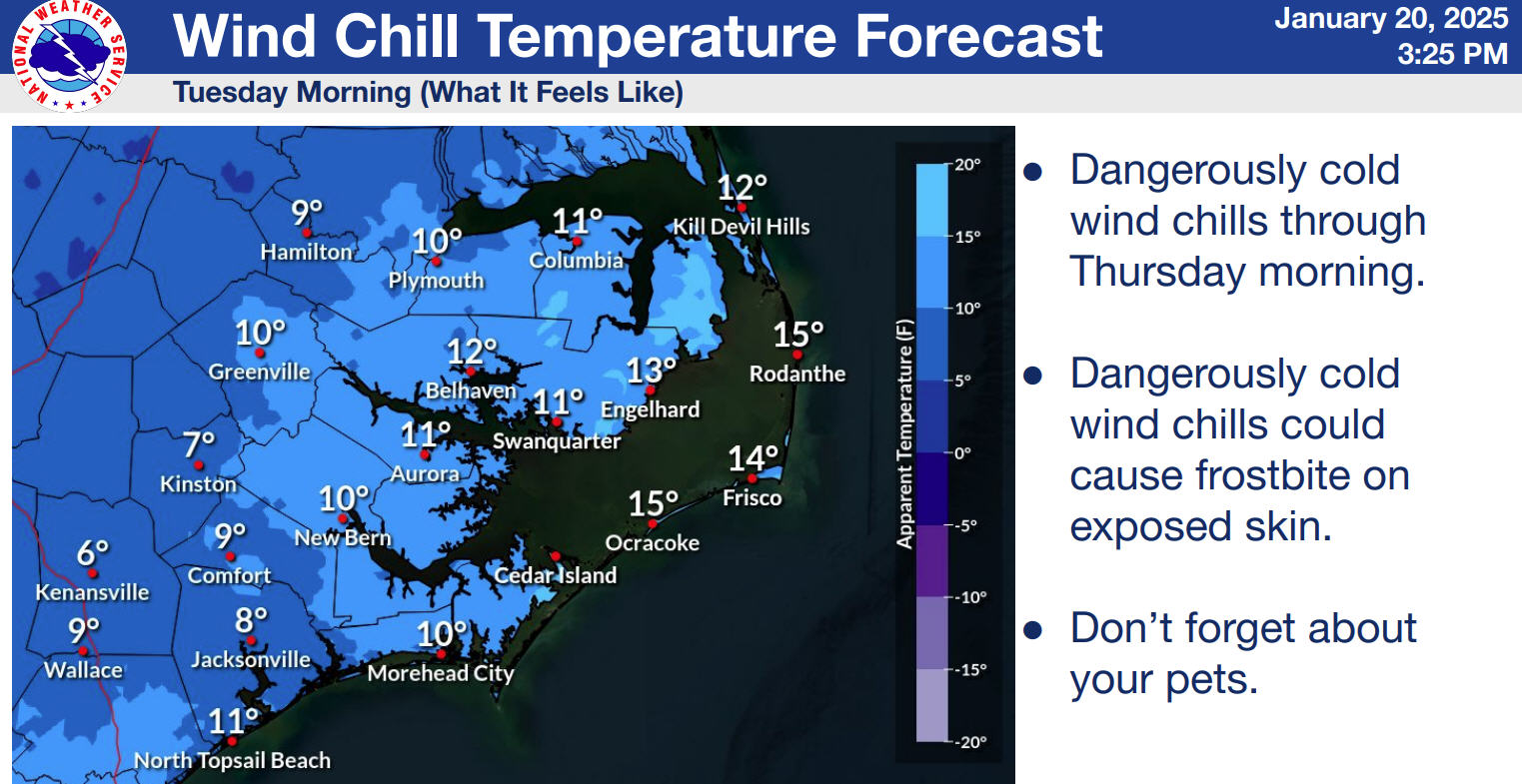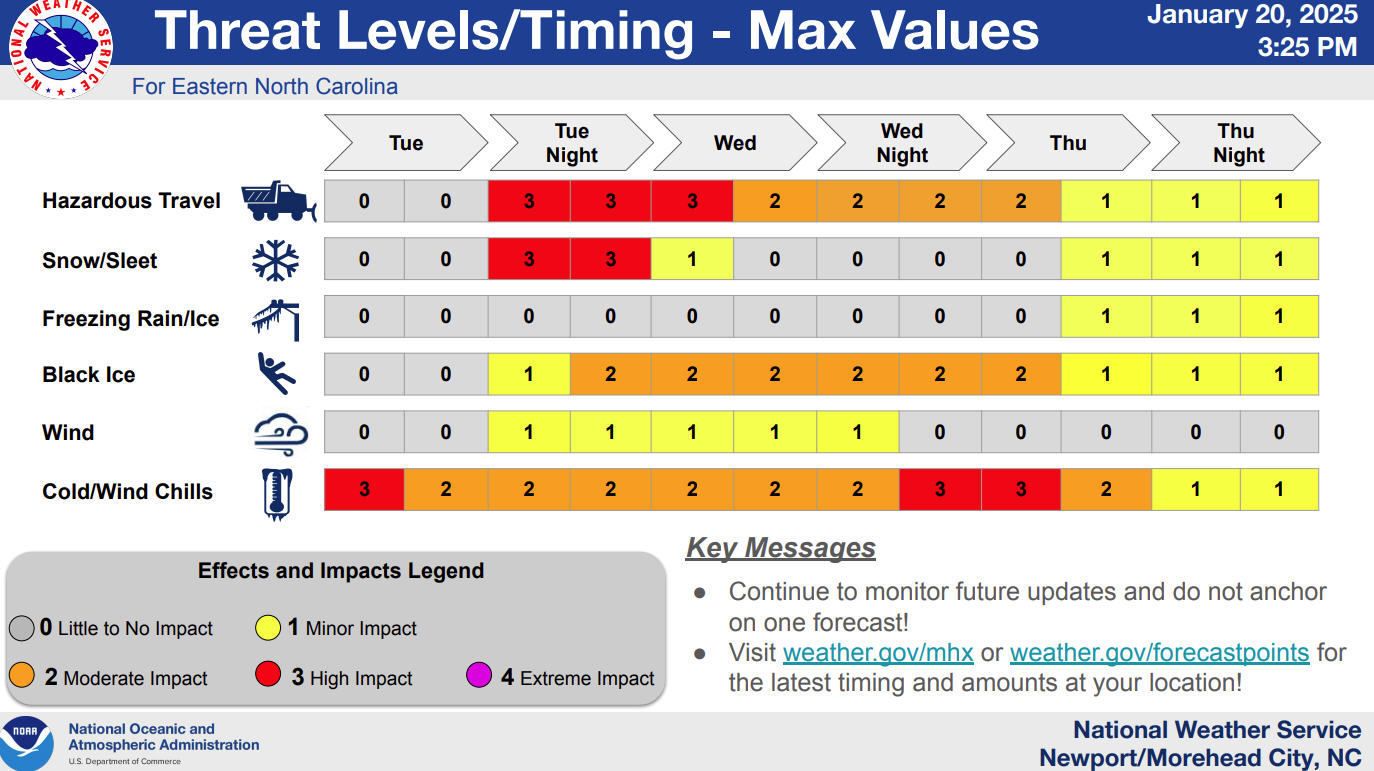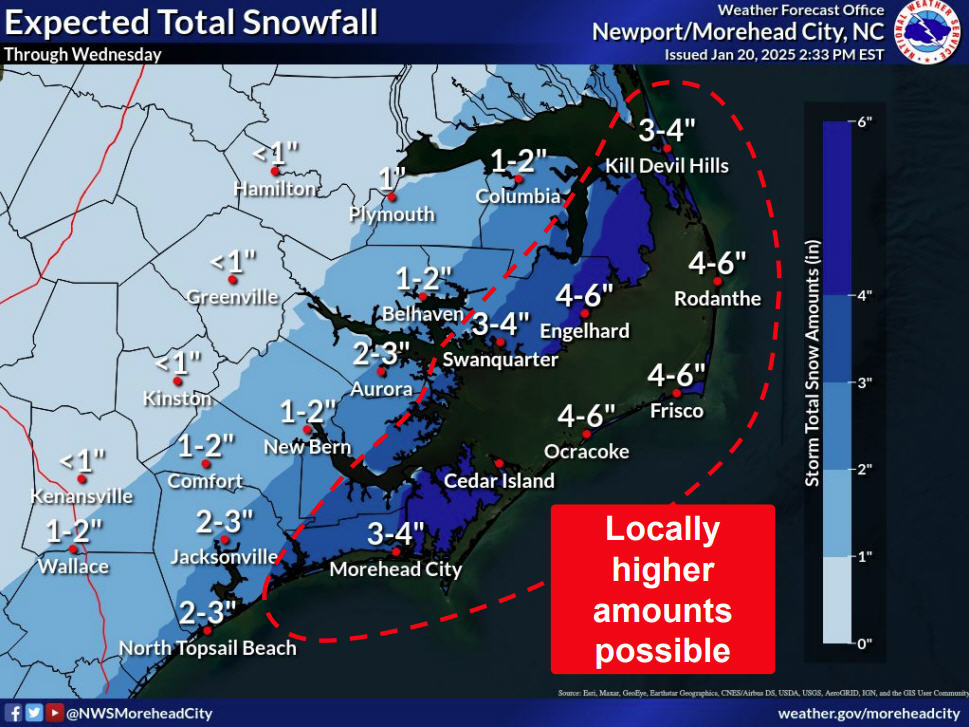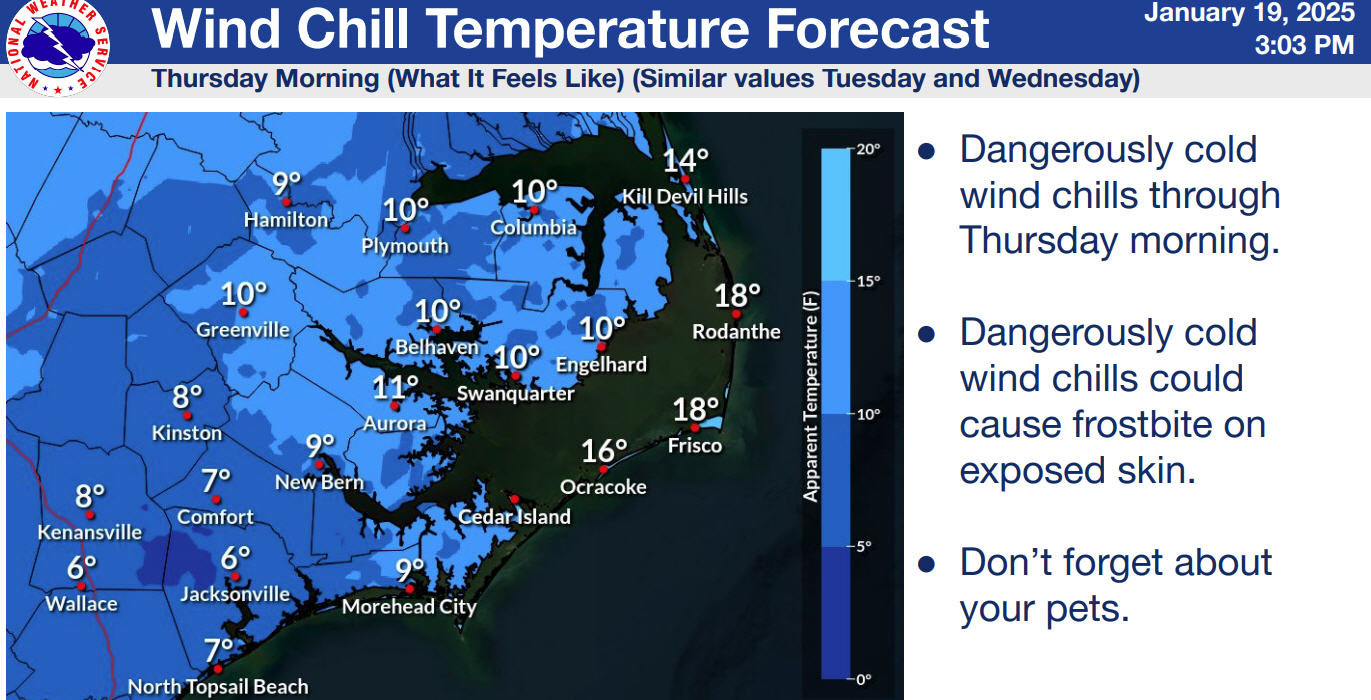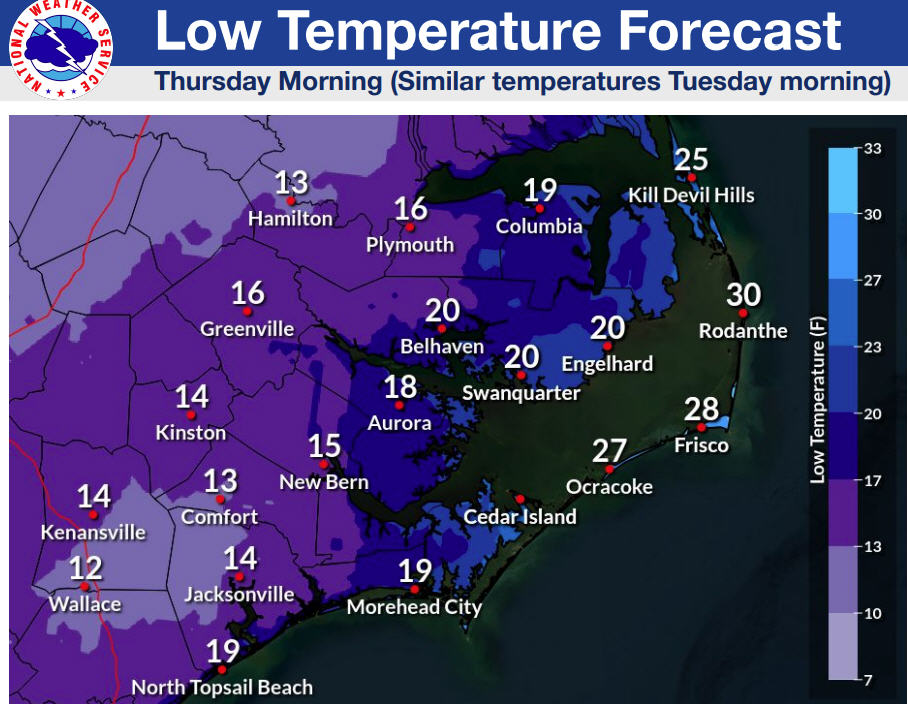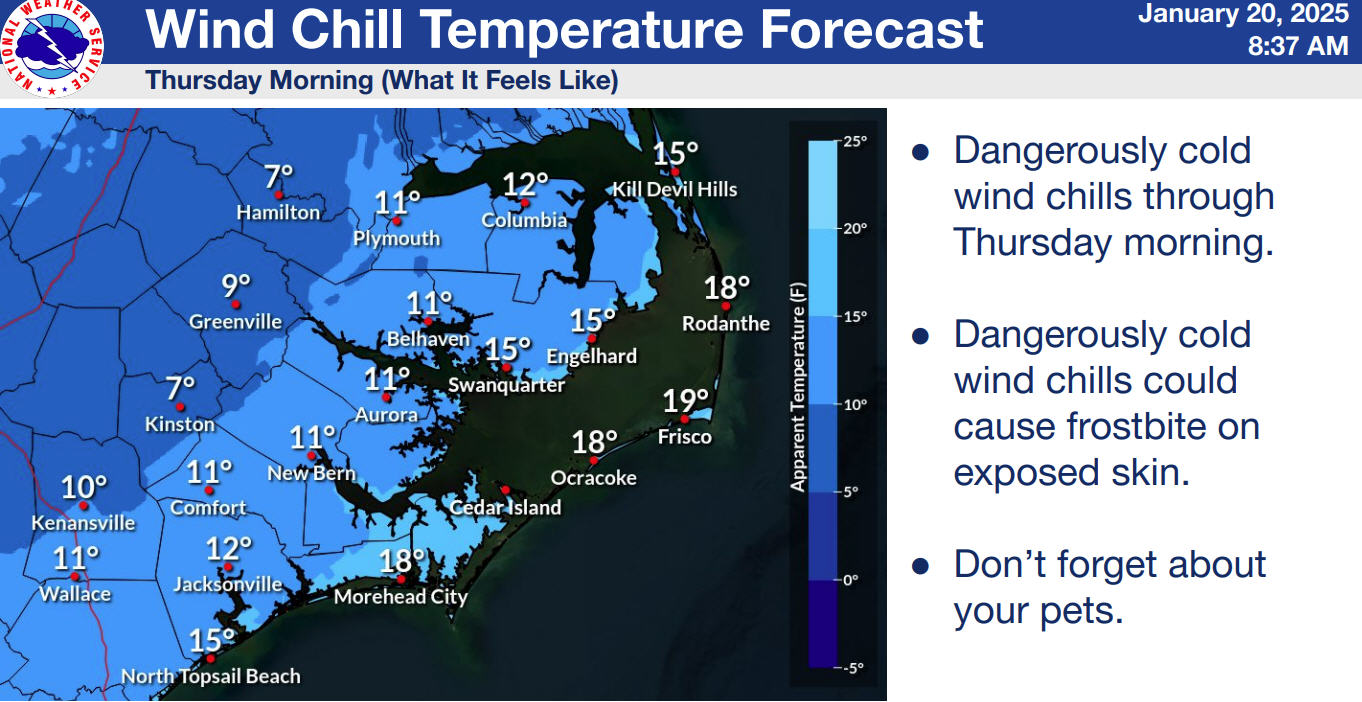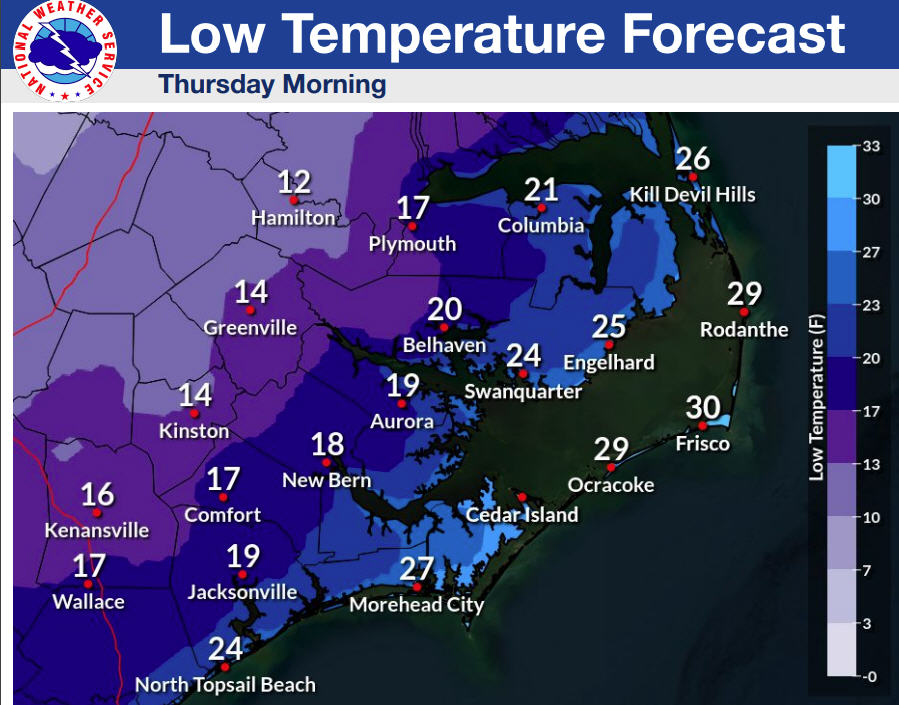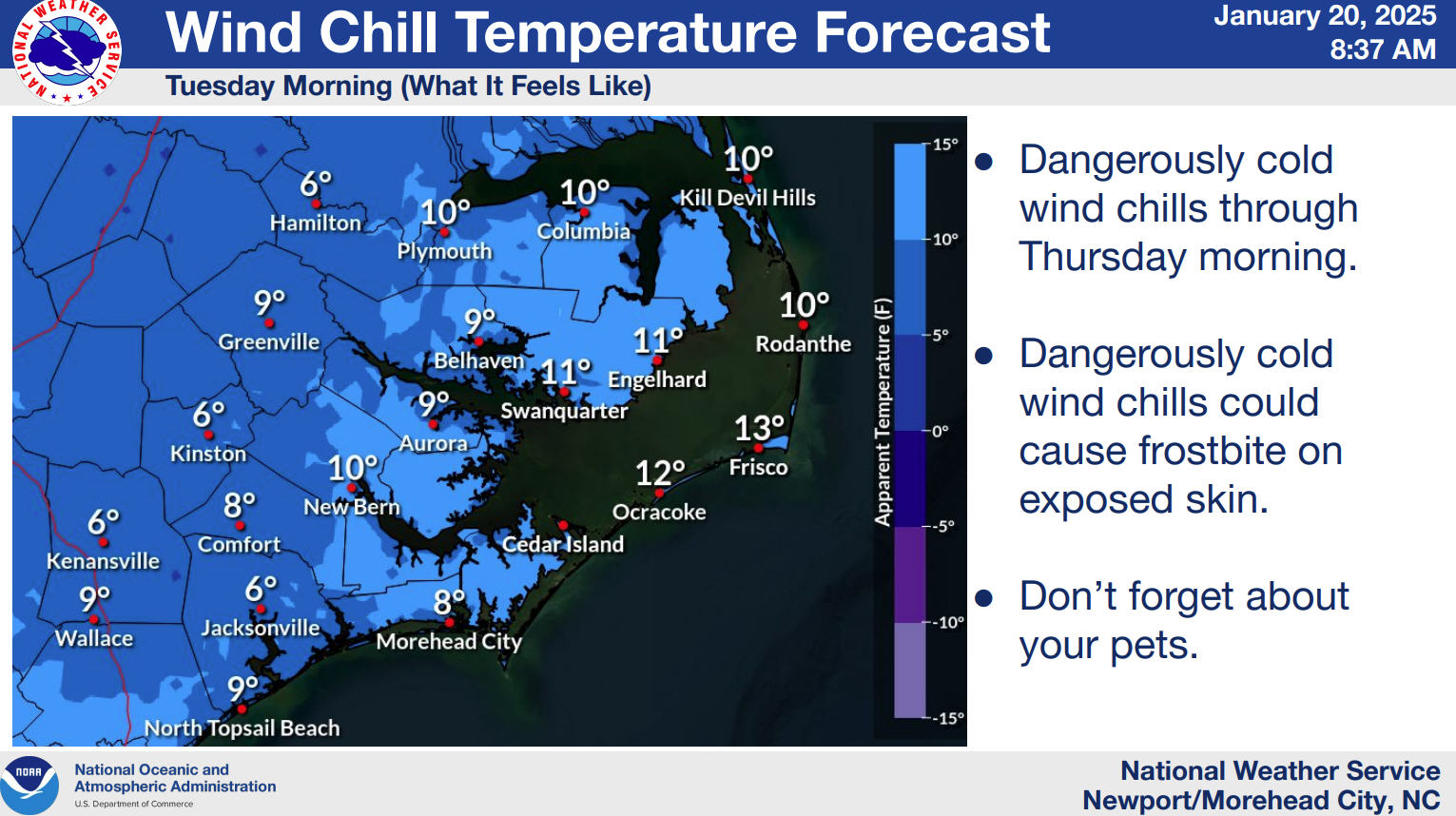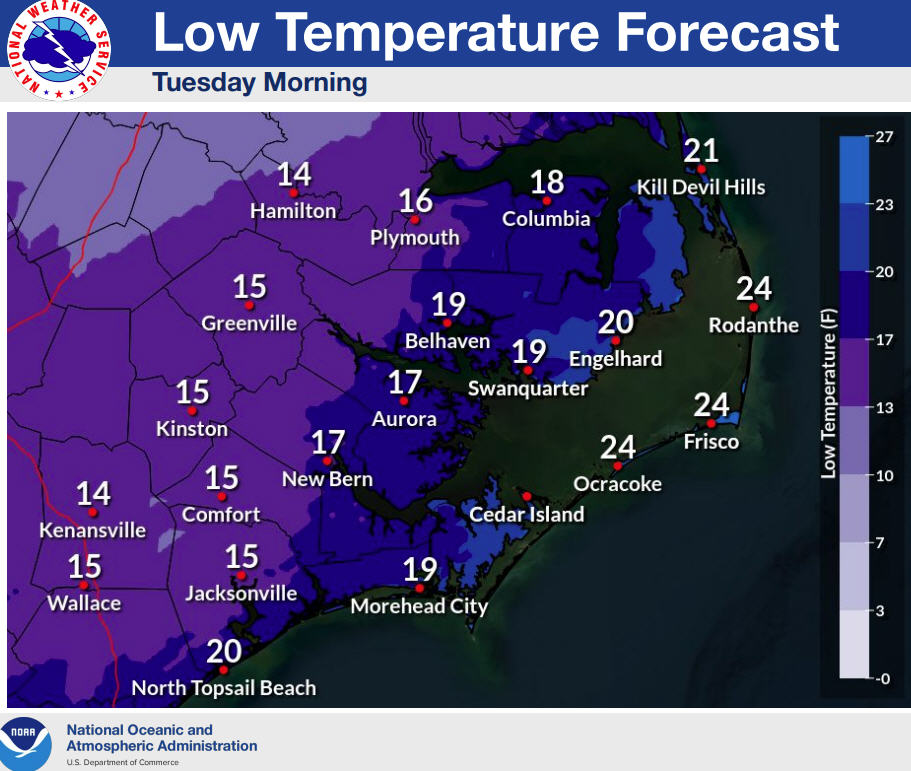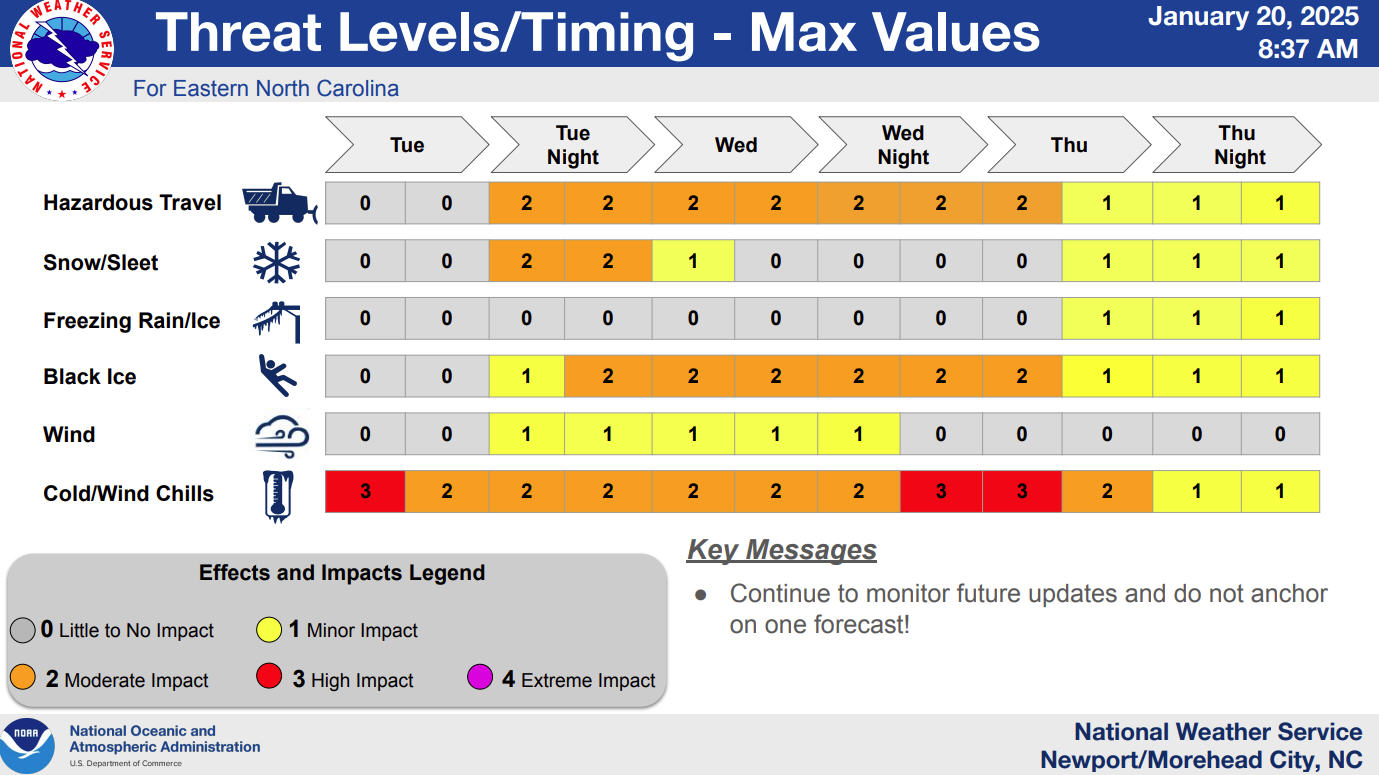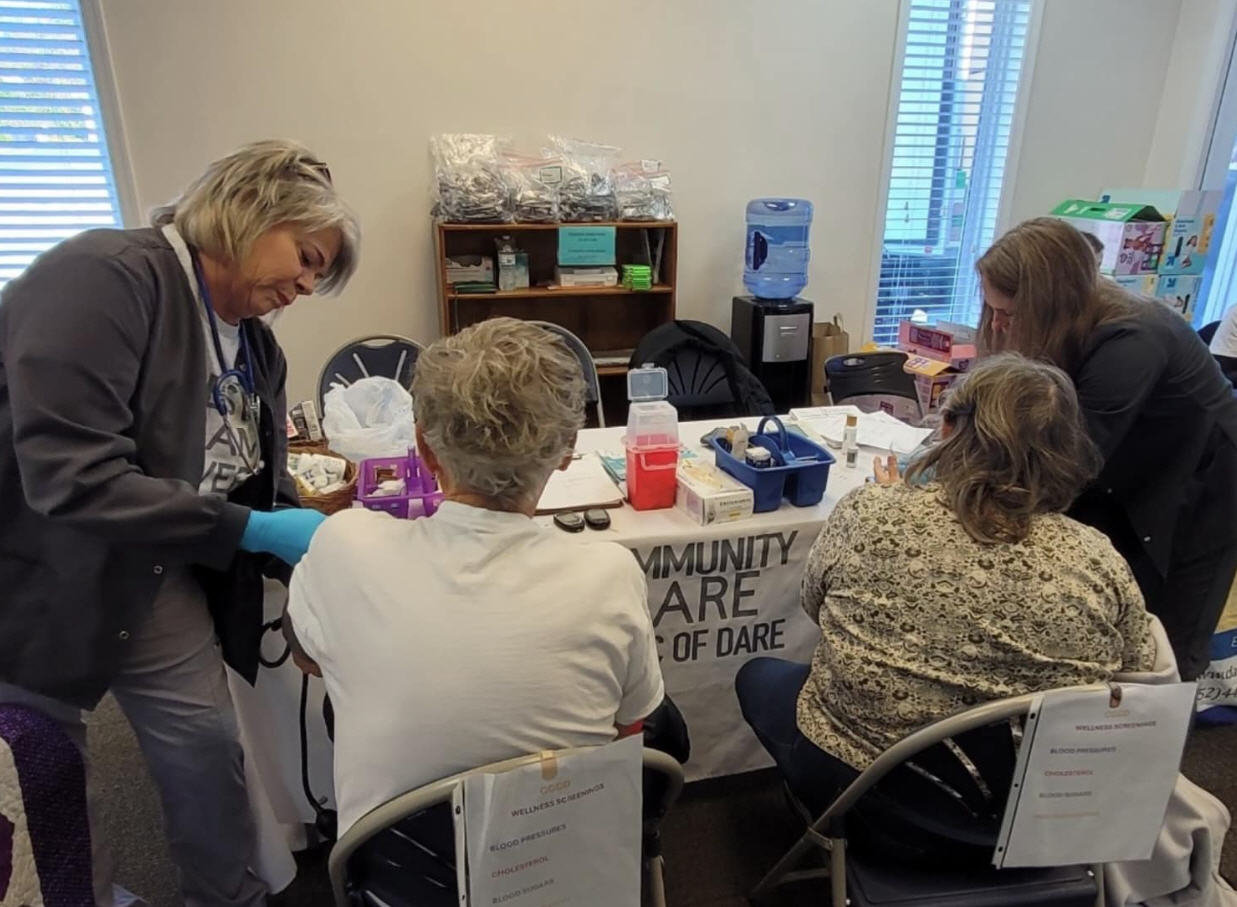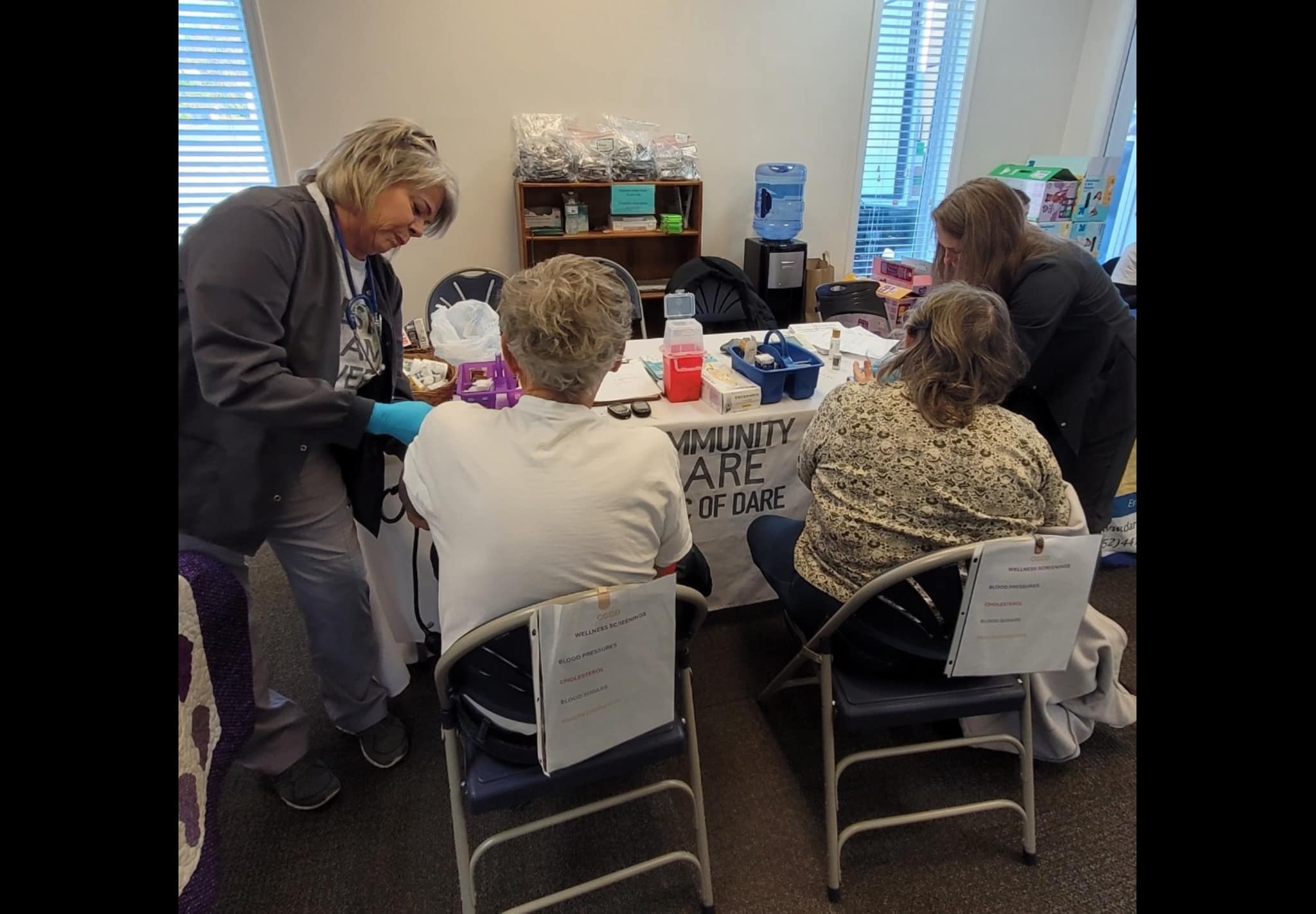Island History: A spotlight on stories from the Outer Banks’ Life-Saving Service
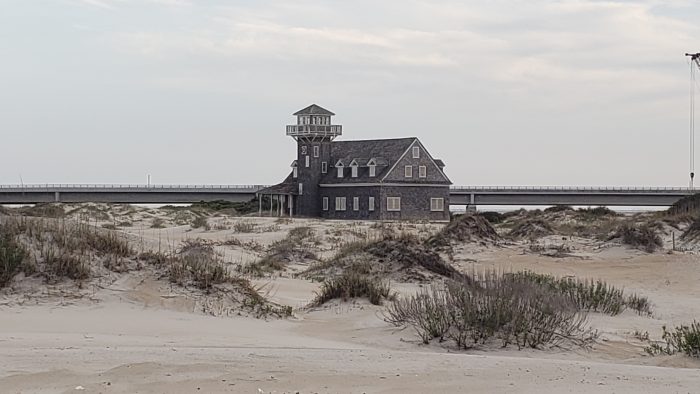
The Chicamacomico Life-Saving Station (CLSS) is celebrating its 150th anniversary this year, as one of the seven original Life-Saving Stations to be built in North Carolina in 1874.
As such, the Chicamacomico Life-Saving Station and Historic Site in Rodanthe will be sharing stories about the seven 1874 Outer Banks stations in the months ahead, leading up to the official October celebration of the United States Life-Saving Stations’ 150th anniversary in the state.
The following is the next of these Life-Saving Station feature articles to honor the #LegacyofLifeSaving, written by Jen Carlson for CLSS.
Knowledgeable Advisors at the Nags Head Life-Saving Station
In the early morning hours of May 1, 1897, the south patrolman from the Nags Head Life-Saving Station discovered the schooner, George M. Adams, stranded about 75 yards offshore about a mile south of the station.
Keeper Van Buren Etheridge telephoned the Bodie Island Station for assistance before leading his team toward the scene. Within a short time period, the breeches buoy apparatus was set up and the ship’s master was the first brought ashore.
Keeper Etheridge and the master were discussing his desire not to bring any more of the sailors off the vessel when the decision was taken out of his hands. The tides swept the schooner closer to the beach, so the remaining sailors took the initiative to launch their yawl, and by using the whipline, were hauled to shore safely by the two surfmen teams.
All nine of the sailors were taken to the Nags Head Station where they stayed a couple of days before most of them departed for Norfolk. Only the captain and two others stayed behind trying to salvage what they could from the vessel, with assistance from the surfmen before finally selling her at a public auction.
All in a Day’s Work at the Oregon Inlet Life-Saving Station
Sometimes it’s just about being experienced: On the afternoon of September 23, 1887, the schooner, Charles, grounded on a sandbar near the entrance of the Oregon Inlet about half a mile east of the Oregon Inlet Life-Saving Station.
The surfmen arrived on scene and boarded the schooner where they assisted the sailors in throwing a part of the deck load overboard in an effort to free the vessel. Both anchors were also dropped, but she continued to bump along the sandbar. The Pea Island Station crew arrived and also joined in the efforts of tossing cargo overboard to lighten the vessel.
By nightfall, the surfmen teams headed to shore and encouraged the sailors to come as well, but did not have success. The weather was expected to worsen overnight, and Keeper Marcus L. Midgett made the call to bring the beach apparatus to the beach to have on hand if needed.
The men made a fire on the beach and waited for the night to pass.
Around 10 p.m., the captain found it necessary to slip his chains and beach the vessel. She drove up so close to shore that the waiting surfmen only had to wade into the surf to assist the three-man crew in disembarking before proceeding to the station.
The Charles crew remained sheltered at the station for over a week as they continued to work with the surfmen to try to get the vessel afloat. The Bodie Island crew also joined in the efforts, and eventually, they were successful. The vessel had only minimal damage, so the teams assisted in retrieving the cargo that had been thrown overboard, and then reloading it safely so she could continue her journey to Baltimore.
For more stories like these, visit the Chicamacomico LifeSaving Station where history is alive.


